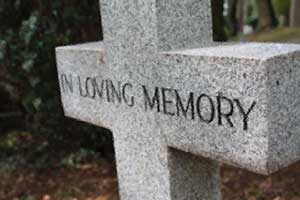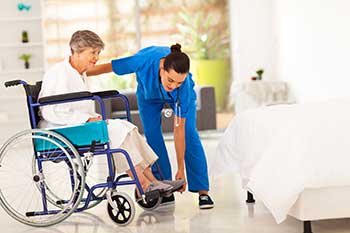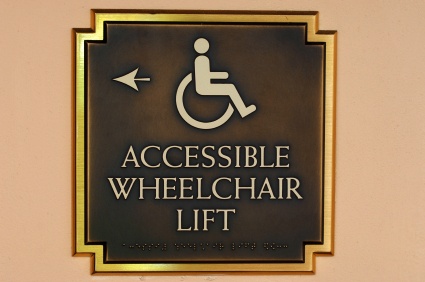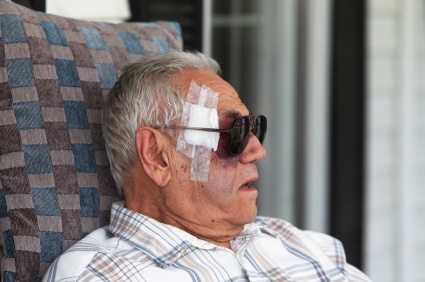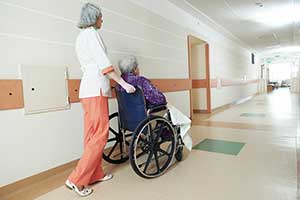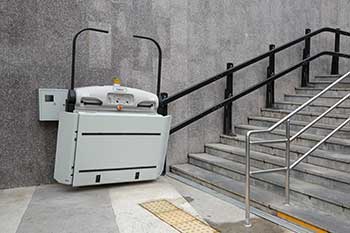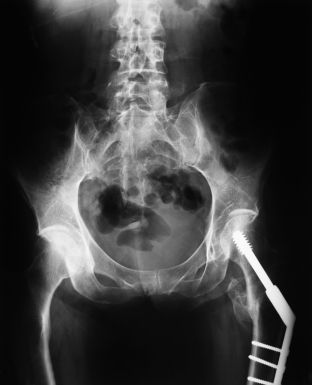Search
Wheelchair Patients Must Be Supervised To Avoid Injury & Death
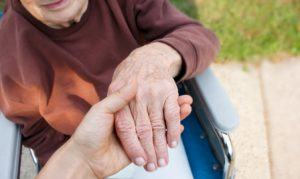 As a nursing home attorney, most of my cases fit cleanly within one category of negligence – bedsores, falls, elopement, medication errors or choking. Recently, I feel like I may need to add ‘wheelchair accidents’ to the list of these primarily preventable and tragic situations.
As a nursing home attorney, most of my cases fit cleanly within one category of negligence – bedsores, falls, elopement, medication errors or choking. Recently, I feel like I may need to add ‘wheelchair accidents’ to the list of these primarily preventable and tragic situations.
Wheelchair accidents too common in the long-term care setting
When I say wheelchair incidents, I am referring to any of a number of situations where a patient harmed to a poor instruction or supervision on the part of the facility staff. Examples of wheelchair incidents include:
 Nursing Home Law News
Nursing Home Law News


